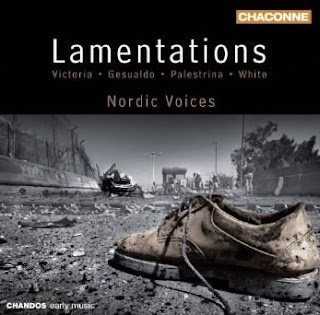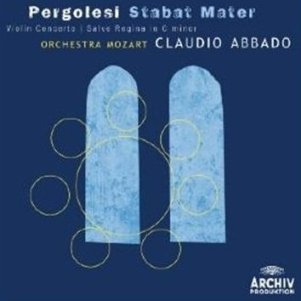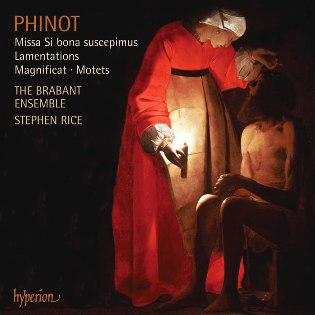Search This Blog
Early music and more by Edward Breen
Where possible, review entries are linked to their original publication.
Posts
Showing posts from August, 2009
Lamentations — Victoria, Gesualdo, Palestrina, White
- Get link
- Other Apps
William Byrd: Assumpta est Maria — The Byrd Edition Volume 12
- Get link
- Other Apps
Pergolesi: Stabat Mater, Violin Concerto, Salve Regina in C Minor
- Get link
- Other Apps
Dominique Phinot: Missa Si bona suscepimus, Lamentations, Magnificat, Motets
- Get link
- Other Apps



